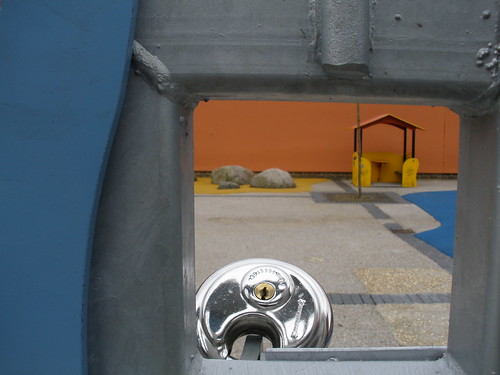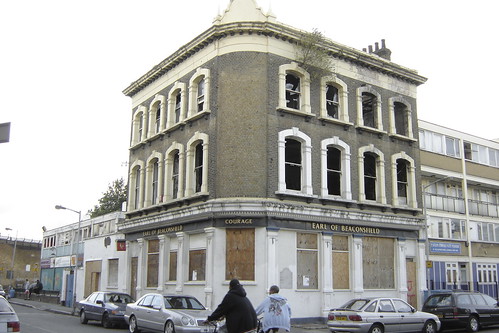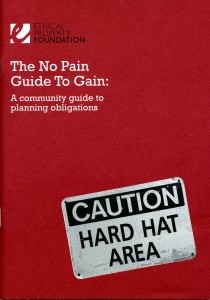At this month’s Residents Meeting (5th May), the rolling issue of the Pocket Park was raised. The park (sans grass) has been opened, and then closed, on and off for the last 6 to 12 months, and as it is the only source of outside space provided for young people on the Silwood as part of one of London & Quadrant’s Section 106 contracts, there is rising concern by parents.
‘Health and Safety’ issues were cited as the primary reason by L & Q officials at the meeting, however the nature of these health and safety issues were unable to be clarified when enquiries were made. Silwood Video Group members were told simply that there are ‘more repairs that need to be done to the park. This has been passed back to the contractor. As soon as these repairs are done, the park will be opened.’ It is unlikely that L &Q would be unaware of specific problems (if there were any), and seeing as children climbing over the gates in order to access the park (as they habitually do) presents greater health and safety risks, such an answer has not assuaged the residents’ questions, or annoyance.
Let’s hope that Godot, in the form of the golden key to the Pocket Park, decides to turn up soon…
Click Silwood Video Group for more blogs
Or visit PlanA our general blog on urbanism, planning and architecture.
See our Silwood Video Group project pages for more information and videos.
Spectacle homepage
Befriend Spectacle.Docs on Facebook
Follow SpectacleMedia on Twitter



